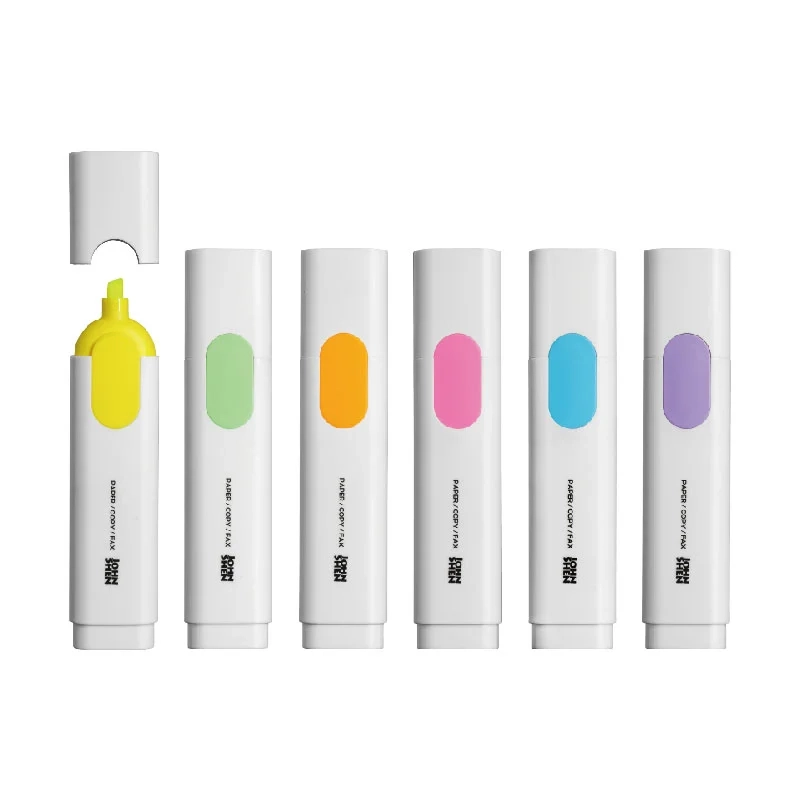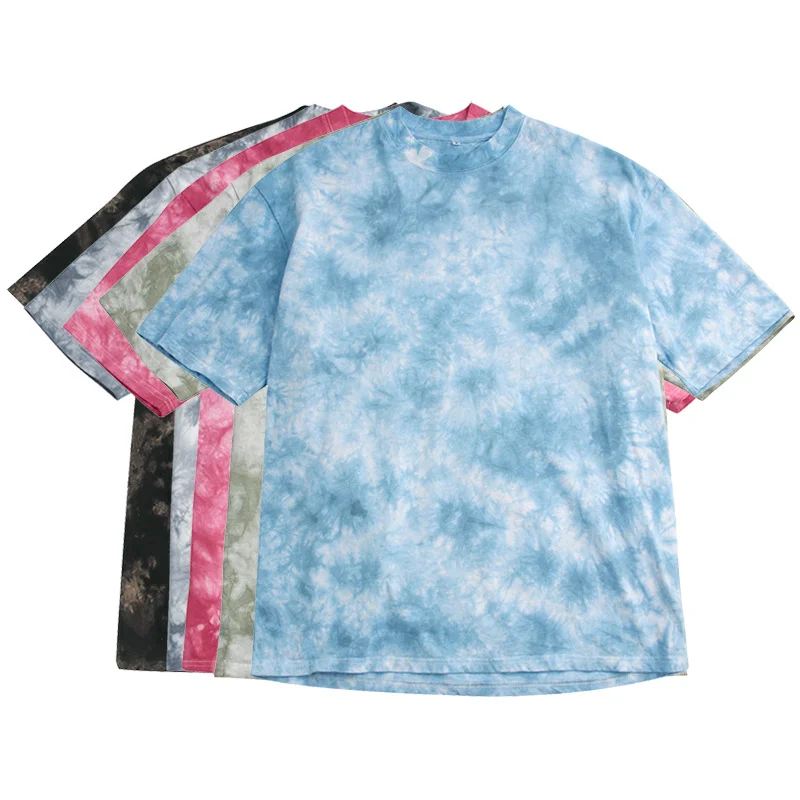Color matching tips for highlighters: Make your notes more vivid and colorful

Highlighter pen is a stationery tool widely used in study, office, and note-taking. In addition to its bright colors, the correct color matching can also make notes more clear, organized, highlight key points, and improve work efficiency. This article will introduce some color-matching techniques for highlighters to help you better organize information, highlight key points, and make notes more vivid and colorful when using highlighters.
1. Understand the basic colors of highlighters
Before we start talking about color-matching tips, we first need to understand the basic colors of highlighters. Common highlighter colors include yellow, pink, orange, green, blue, and purple. Each color has its own unique characteristics and uses, so these need to be taken into consideration when matching.

2. Use contrasting colors to highlight key points
Contrasting colors are two colors that are relatively far apart from each other on the color wheel. In notes, using contrasting colors can help highlight key information and make it more eye-catching. For example, when you want to emphasize a certain keyword or important concept, you can use a yellow highlighter marker and then use a purple or blue highlighter to fill in the background around it. This combination of contrasting colors can make key information more visible and attract the reader's attention.
3. Use similar colors for classification
Analogous colors are two colors that are adjacent to each other on the color wheel. In notes, using similar colors can help categorize and organize information. For example, when you need to distinguish different topics or subtopics, you can use a similar-colored highlighter to mark them. For example, use green to mark environment-related content and orange to mark health-related content. This color combination can make the distinction between different topics clearer and help you better organize and review your notes.
4. Use gradient colors to create a sense of hierarchy
Gradient color refers to the effect of a gradual transition between multiple colors at adjacent positions in the color wheel. In notes, using gradient colors can create a sense of hierarchy and make information richer and more layered. For example, when you need to express a process or time sequence, you can use a gradient highlighter to mark it. For example, using yellow to mark the initial stage, then gradually transitioning to orange, red, and finally purple, such a color combination can clearly show the development and changes of the process.
5. Avoid overuse of highlighter pens
Although highlighters can help highlight key points and organize information, overuse of highlighters can lead to cluttered notes and visual fatigue. Therefore, when using a highlighter, be careful to use it in moderation and avoid excessive marking and filling. Select key information to mark, and make sure the marked content fits the overall structure to keep your notes clear and readable.
The color-matching skills of highlighters can help us better organize information, highlight key points, and make notes more vivid and colorful. We can improve the quality and readability of our notes by understanding basic highlighter colors, using contrasting colors to highlight important points, using similar colors to categorize, using gradient colors to create a sense of depth, and avoiding overuse of highlighters. When using highlighters, remember to choose and match according to the specific situation and needs to achieve the best effect. Make our notes clearer and more organized, making learning and work more efficient and enjoyable!
mia
marketing@johnshen.com





